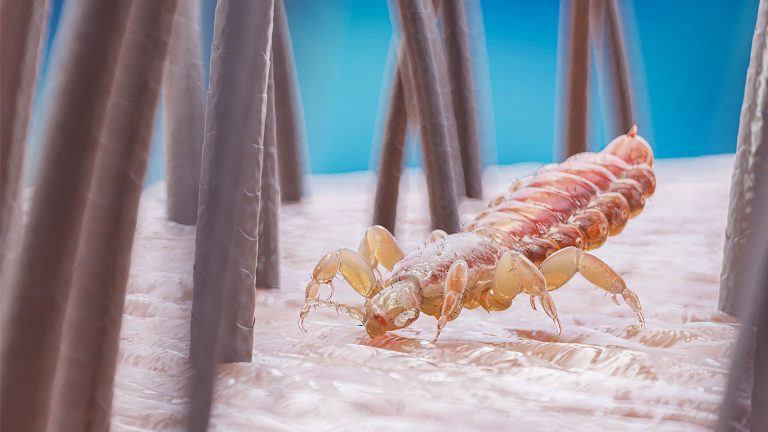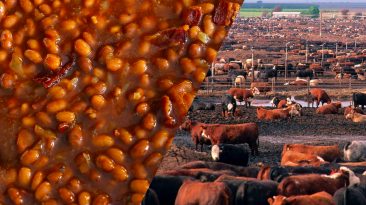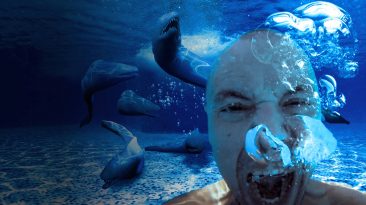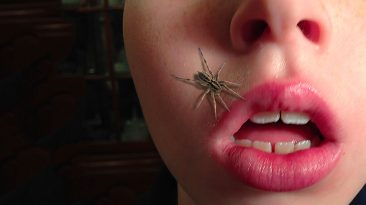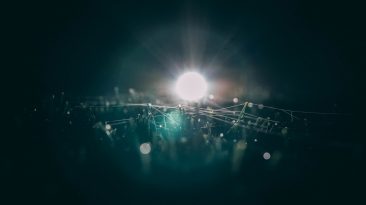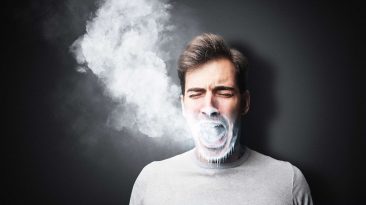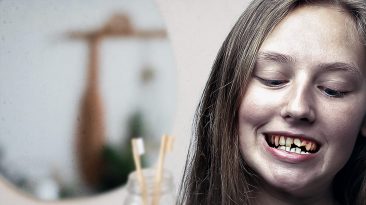Uncontrollable itching. Sleepless nights. Incredible stench. Uh oh, it looks like you could have a head lice infestation. Where would you get the lice from? How fast would these little critters breed in your hair? And if you didn’t get rid of them, how big of an issue would it be?
Be careful where you rub your head. Whether it’s sharing a comb, your favorite hat or even just a good, tight hug, catching head lice could be as simple as coming into this kind of contact with an infested person. Head lice are small parasitic insects that feed on human blood. When they’re fully grown, these six-legged critters are about the size of a sesame seed. And you could usually spot them based on their tan or grayish-white color.
And hopeful you’d spot them before they spread because these little parasites spread fast. Every year, an estimated 6 to 12 million infestations occur in the U.S. alone. Especially in children between the ages of 3 and 11. So better check yourself now before it’s too late. Within two weeks, you’d have your first sign that you’ve become infested.
You’d run a fine-toothed comb through your hair and discover that, yep, you have nits. Nits are lice eggs. They are so small that you could easily miss them. Typically, they are about 0.8 by 0.3 mm (0.03 by 0.01 in) and white or yellowish in color. A female louse is able to lay up to eight nits per day. That means by the time you discover the nits, you could have nearly 100 of them ready to hatch at any moment.
Once hatched, the baby lice, aka nymphs, would now be free to crawl around your gorgeous locks of hair. But there’s not much beauty to these pinhead-sized bugs growing on your head. After one week, they’d become fully grown adult lice. And now would be when the symptoms of lice infestation really reveal themselves. Your head would become increasingly itchy.
You’d have the feeling that something is crawling on your scalp. Or several things. As you’d scratch and scratch in an effort to find some relief, you’d start to scrape your skin. This would lead to painful sores and scabs. And these could lead to infections. Be on the lookout for swelling, redness and severe scalp pain.
Your hair would become difficult to brush as the lice could clump together to form nests. They’d become big balls of parasitic insects fighting for survival on your head. These clumps could be impossible to comb out, so you may need to cut the matted hair right off. Not only would your hair look disgusting, but it would smell pretty bad too.
That’s because there would be a build-up of bacteria not just on all the lice, but the next generation of eggs and the excretions they’d be leaving all over your scalp. The itching and stinking could even get so bad that you’d start to lose precious sleep over it. If left untreated, these lice would spawn generation after generation.
Eventually, you could find that you’ve got up to 20,000 of these unwanted hitchhikers crawling on you. And at this point, they could be super lice that are resistant to treatments. So you should make sure to take care of a lice infestation fast to avoid this suffering. Not to mention spreading it to others.
Treatments can range from different over-the-counter regimens to prescription lotions or shampoos. Some people may be tempted to try home remedies like lathering your hair with mayonnaise or olive oil to try and suffocate the bugs. But with how far along your infestation is, you should probably go for the prescription-strength chemical warfare against the little parasites.
Sources
- “Body Lice Infestation: Causes, Symptoms & Diagnosis”. 2022. healthline.com.
- “Head Lice Infestation”. 2022. healthline.com.
- “Pubic Lice Infestation (Crabs): Symptoms, Treatment, Causes”. 2022. healthline.com.
- “Frequently Asked Questions About Head Lice | NC State Extension Publications”. 2022. content.ces.ncsu.edu.
- “Is This The Worst Case Of Head Lice Ever?”. Jessica Best. 2014. mirror.co.uk.


